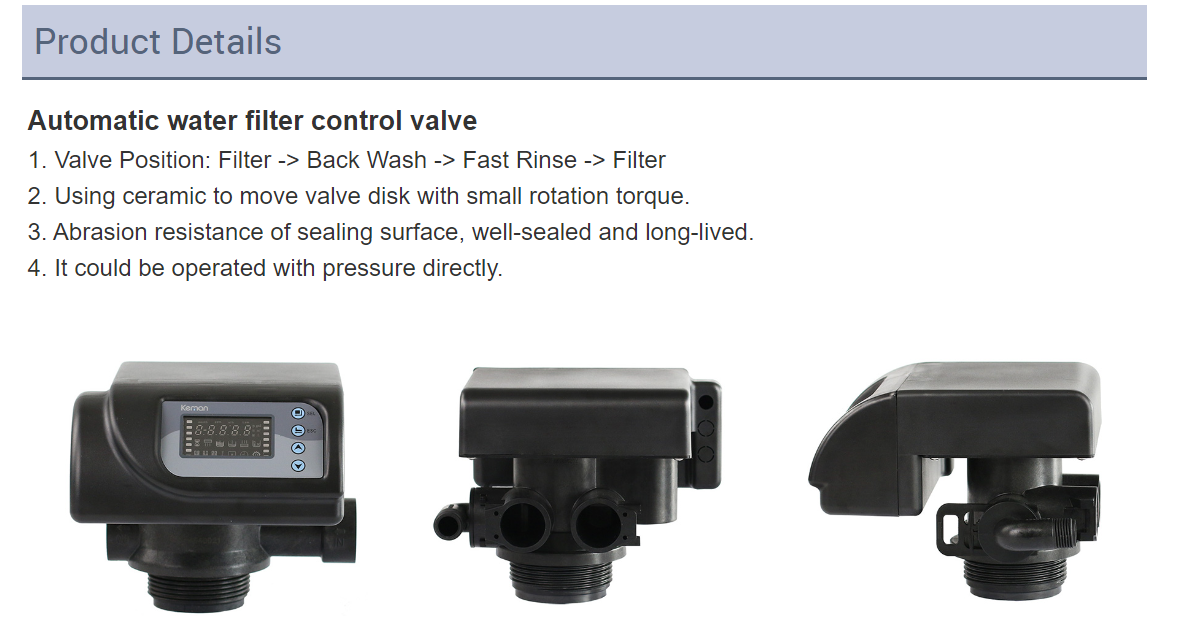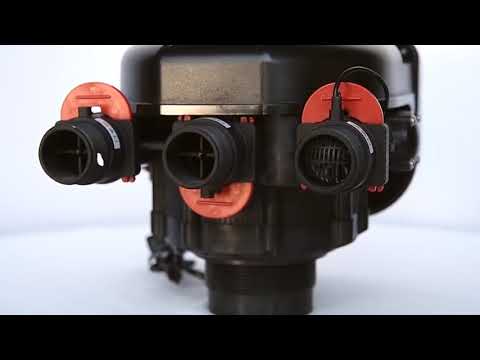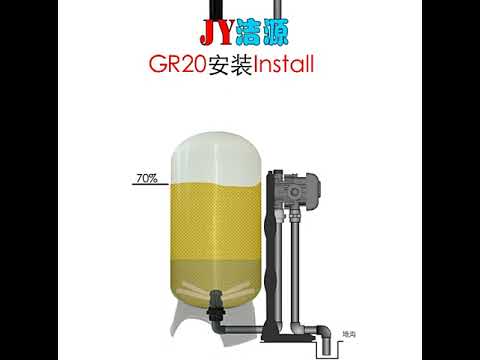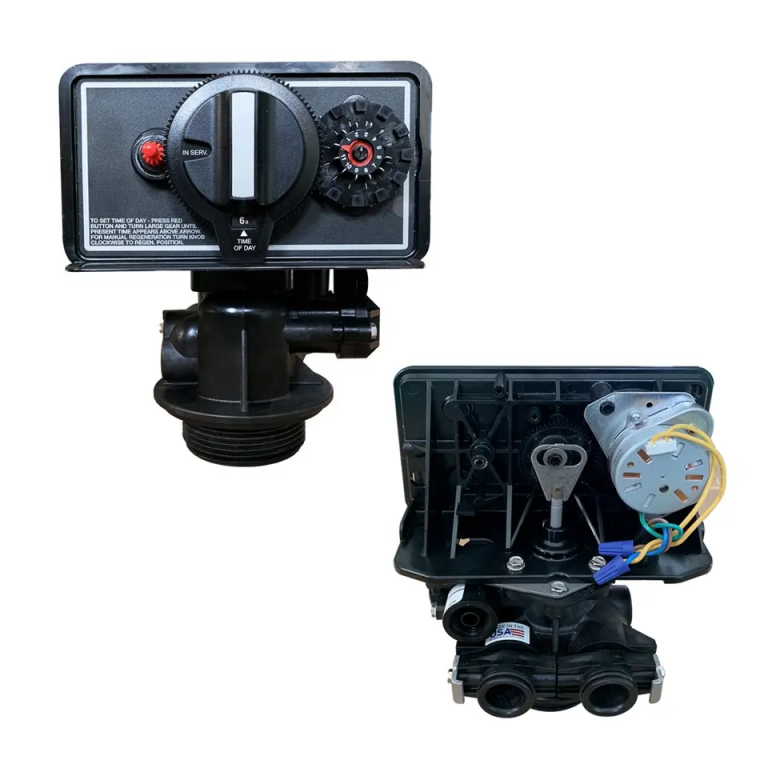Table of Contents
Installation Guide for 5600SXT Water Softener
The 5600SXT water softener is a popular choice for homeowners looking to improve the quality of their water. This manual will guide you through the installation process, ensuring that you can enjoy the benefits of soft water in your home.
Before you begin the installation process, it is important to gather all the necessary tools and materials. You will need a pipe cutter, pipe wrench, Teflon tape, and a level. Additionally, you will need to have access to a power outlet and a drain for the softener’s regeneration cycle.
The first step in the installation process is to shut off the main water supply to your home. This will prevent any water from flowing while you are installing the water softener. Next, you will need to locate a suitable location for the softener. It should be placed in an area that is easily accessible for maintenance and near a power outlet and drain.

Once you have found a suitable location, you can begin the installation process. Start by cutting the main water line using a pipe cutter. Be sure to measure and mark the pipe before cutting to ensure a clean and precise cut. Once the pipe is cut, you can install the bypass valve provided with the water softener.
Next, you will need to connect the inlet and outlet ports of the water softener to the main water line. Use Teflon tape on the threads of the fittings to ensure a tight seal. Be sure to tighten the fittings securely using a pipe wrench to prevent any leaks.
After connecting the water softener to the main water line, you can connect the drain line. The drain line should be connected to a suitable drain for the softener’s regeneration cycle. Be sure to secure the drain line to prevent any leaks.
Once all the connections are secure, you can plug in the water softener to a power outlet. The 5600SXT water softener is equipped with a digital control valve that allows you to program the settings for your specific water hardness level. Follow the instructions in the manual to set the correct settings for your water softener.
| Model | Central tube | Drain | Brine tank connector | Base | Maximum power | Operating temperature\u00a0 |
| 9100 | 1.05″ O.D. | 1/2″NPT | 1600-3/8″ | 2-1/2″-8NPSM | 8.9W | 1\u2103-43\u2103 |
After programming the settings, you can turn on the main water supply to your home. You should notice an immediate improvement in the quality of your water as the softener begins to remove hardness minerals from the water.
In conclusion, the 5600SXT water softener is a great investment for homeowners looking to improve the quality of their water. By following this installation guide, you can enjoy the benefits of soft water in your home. If you encounter any difficulties during the installation process, be sure to consult the manual or contact a professional for assistance.
Troubleshooting Common Issues with 5600SXT Water Softener
The 5600SXT water softener is a popular choice for homeowners looking to improve the quality of their water by reducing hardness. However, like any appliance, it may encounter issues from time to time that require troubleshooting. In this article, we will discuss some common problems that may arise with the 5600SXT water softener and provide solutions to help you resolve them.
One common issue that homeowners may encounter with their 5600SXT water softener is a lack of soft water. If you notice that your water is still hard despite the system running, there are a few potential causes to consider. First, check the salt level in the brine tank. If the salt level is low, the system may not be able to regenerate properly, leading to hard water. Make sure to add salt to the tank as needed to ensure optimal performance.
Another possible cause of hard water is a malfunctioning control valve. If the control valve is not functioning correctly, it may not be regenerating the resin beads in the tank, leading to hard water. In this case, you may need to replace the control valve to resolve the issue. Consult the 5600SXT water softener manual for instructions on how to do this.
In some cases, the water softener may be using too much salt during regeneration, leading to hard water. If you notice that your salt usage is higher than normal, you may need to adjust the settings on the control valve to reduce the amount of salt used during regeneration. Refer to the 5600SXT water softener manual for guidance on how to adjust the settings.
Another common issue that homeowners may encounter with their 5600SXT water softener is a salt bridge. A salt bridge occurs when a hard crust forms at the top of the salt in the brine tank, preventing the salt from properly dissolving and regenerating the resin beads. To resolve this issue, carefully break up the salt bridge using a broom handle or other long tool. Make sure to regularly check the brine tank for salt bridges and break them up as needed to prevent future issues.
If you notice that your water softener is not using any salt during regeneration, there may be a blockage in the brine line. A blockage can prevent the salt from being drawn into the tank during regeneration, leading to hard water. To resolve this issue, carefully inspect the brine line for any obstructions and clear them as needed. Refer to the 5600SXT water softener manual for guidance on how to do this.
In conclusion, the 5600SXT water softener is a reliable appliance that can help improve the quality of your water by reducing hardness. However, like any appliance, it may encounter issues from time to time that require troubleshooting. By following the tips outlined in this article and consulting the 5600SXT water softener manual, you can effectively resolve common problems and ensure that your water softener continues to operate efficiently.




